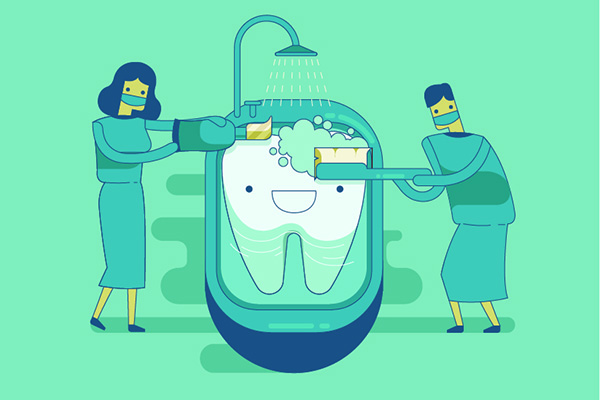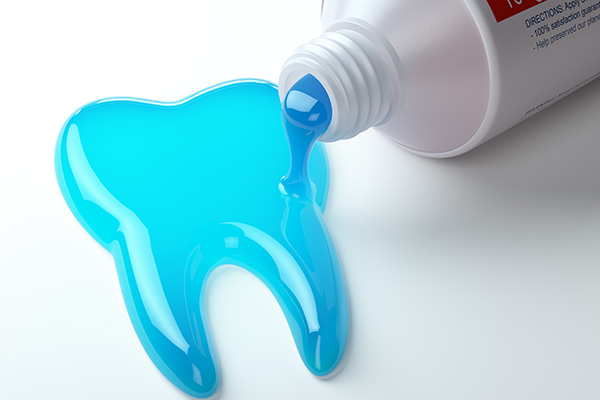Are There Different Stages of Gum Disease?

Periodontal disease, commonly known as gum disease, is one of the most prevalent dental problems worldwide. The condition affects the gums, tooth roots, and the bone that supports them. Like many other infections, its early signs are easy to overlook, but it may quickly escalate into a serious oral and even general health problem. Gum disease develops in three phases, and this article covers each of them and how to halt its progression.
The stages of gum disease
Gum disease is a progressive condition, starting from mild to advanced, eventually putting patients at risk of tooth loss. The stages are:
1. Gingivitis
This is the mildest and most prevalent type of gum disease. It occurs when plaque and bacteria accumulate along the gum line. This may cause tissue redness and irritation, as well as bleeding gums while brushing and flossing. Gum disease may usually be remedied at this point through an excellent oral hygiene routine and more regular professional dental cleanings.
2. Periodontitis
At this point, the infection has progressed beyond the gums, causing damage to the bone and fibers supporting the teeth. This can cause the formation of periodontal pockets, which are tiny gaps between the gums and teeth where food particles and plaque may deposit. A person's gums will likely recede, there will be a lot of swelling, and their teeth may even become loose.
Periodontitis may be partly treated at home by brushing and flossing more often, but a person should see their dentist for a scaling and root planing procedure to fully treat it. They will also need to be consistent with their home oral hygiene regimen.
3. Advanced periodontitis
This stage means that the gum disease has progressed to the point where the fibers and bone that support the teeth have been largely or destroyed, resulting in inevitable tooth loss. Since oral bacteria can readily find their way into the bloodstream and produce harmful inflammation, this stage can make patients more vulnerable to other systemic health problems (such as diabetes and heart disease). At this stage, surgical intervention is often required to remove any diseased tissue, and professional cleanings are necessary to avoid reinfection.
Preventing gum disease
Preventing gum disease before it occurs is preferable. Luckily, the best practices for stopping this disease are simple: Brush twice a day, floss once a day, and see the dentist for regular exams and cleanings. This strategy will prevent the bacteria that causes the infection from forming first, and regular visits to the dentist will enable them to detect the condition early on before it progresses. They will be able to deal with it more swiftly and with more conservative procedures this way.
In conclusion
While gum disease can become a severe issue, it is easy to manage and even prevent with proper dental hygiene. Book an appointment with our dental health team to learn more about gum disease and the treatment options available.
Request an appointment here: https://alexoldtowndental.com or call Alexandria Old Town Dental at (703) 763-1078 for an appointment in our Alexandria office.
Check out what others are saying about our dental services on Yelp: Gum Disease in Alexandria, VA.
Related Posts
The CDC states that gum disease, also known as periodontal disease, is one of the leading oral infections in the United States. In addition, the National Institute of Health cites it as the most common culprit for adults losing teeth. Because the early stages of periodontal disease often do not have noticeable symptoms, many patients…
Gum disease is a serious condition that can result in a need for periodontal treatment. Treatment is needed in order to destroy the infection and prevent it from getting worse. Oftentimes, without treatment, a case of gum disease can become advanced, which can result in tooth loss, receding gums, and even jaw deterioration, all of…
Healthy oral habits can prevent issues that may lead to infections such as gum disease. This problem, also known as gingivitis, can be common in both children and adults; however, if it is left untreated, it may worsen and cause serious discomfort or cause secondary infections within the body. Oral treatments such as scaling and…
The CDC reports that almost half of adults in the United States have a form of gum disease, also known as periodontitis or periodontal disease. For adults over 65, this number increases to 70%. This rampant disease is largely preventable, yet the subtle signs and symptoms in the early stages leave many patients unaware that…


